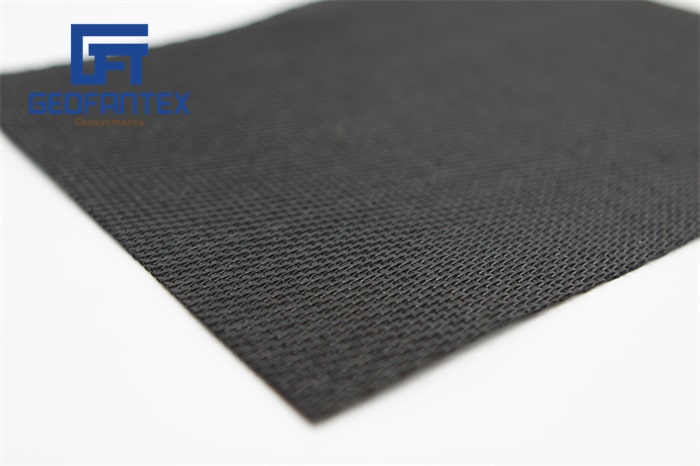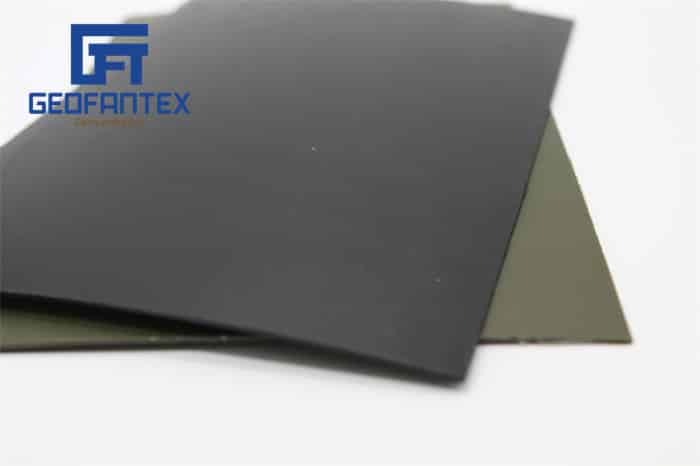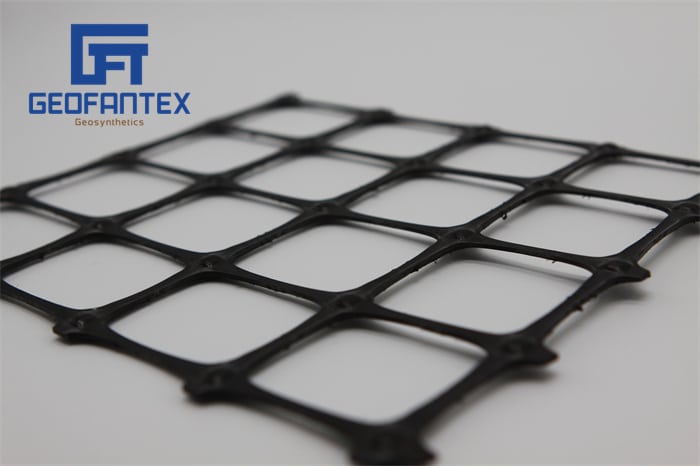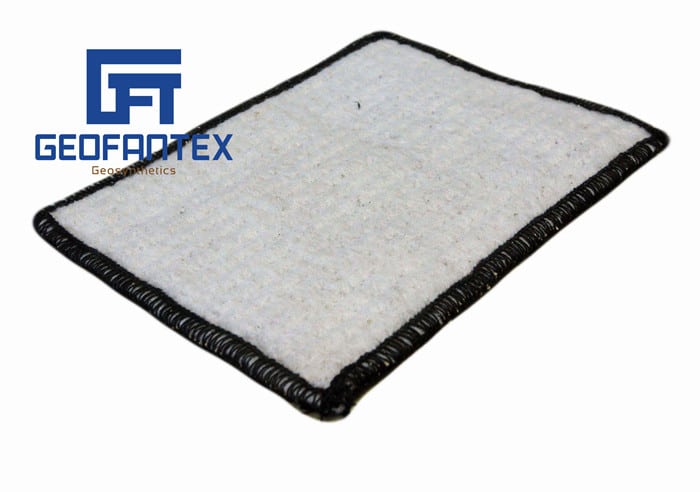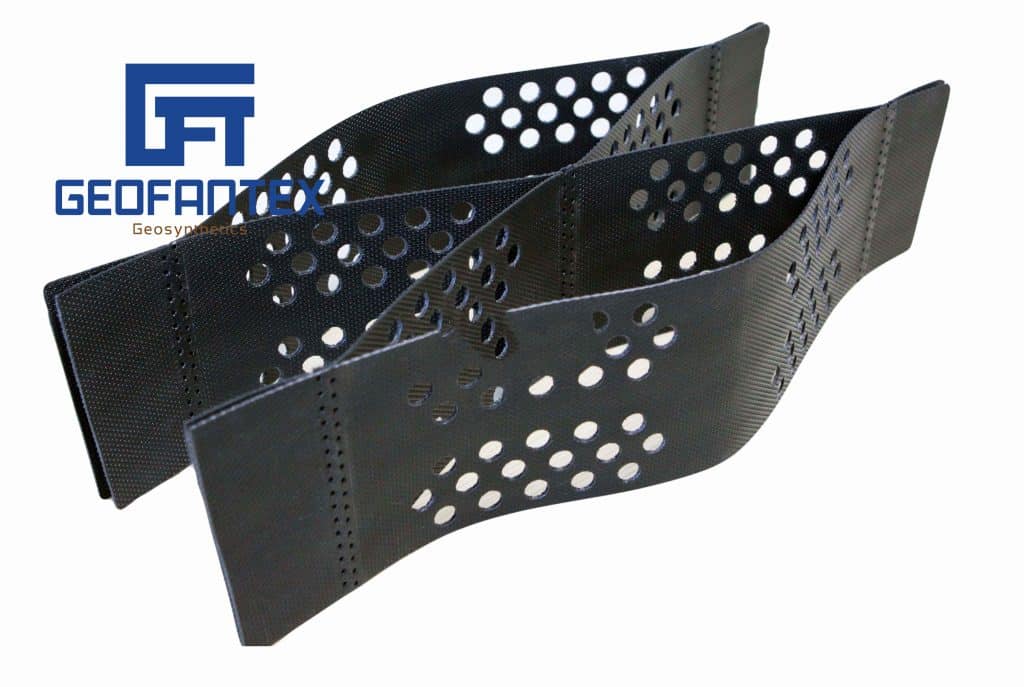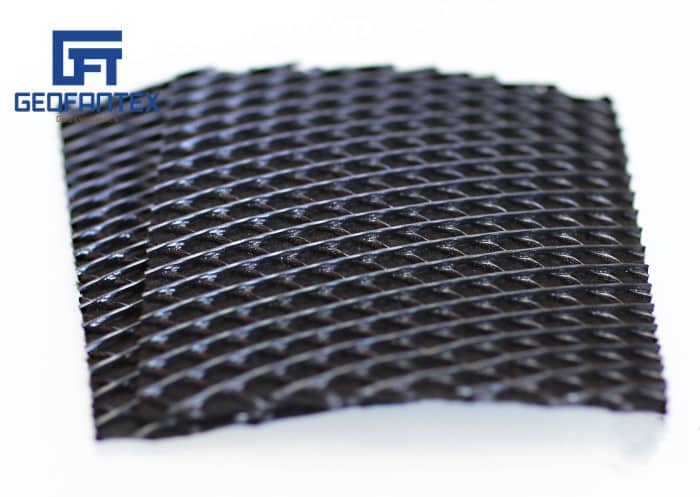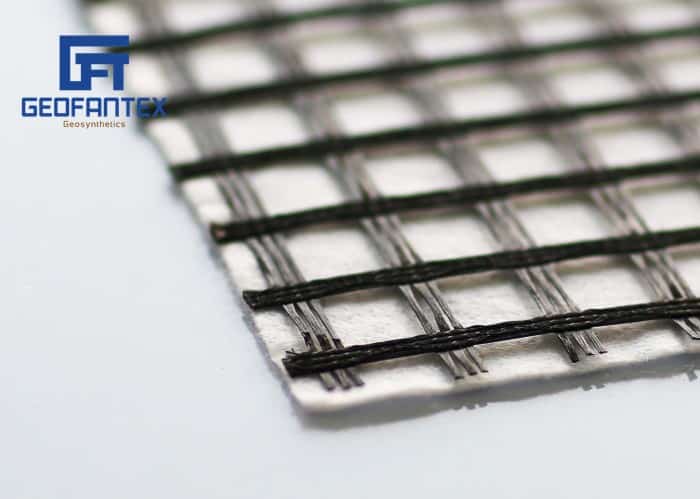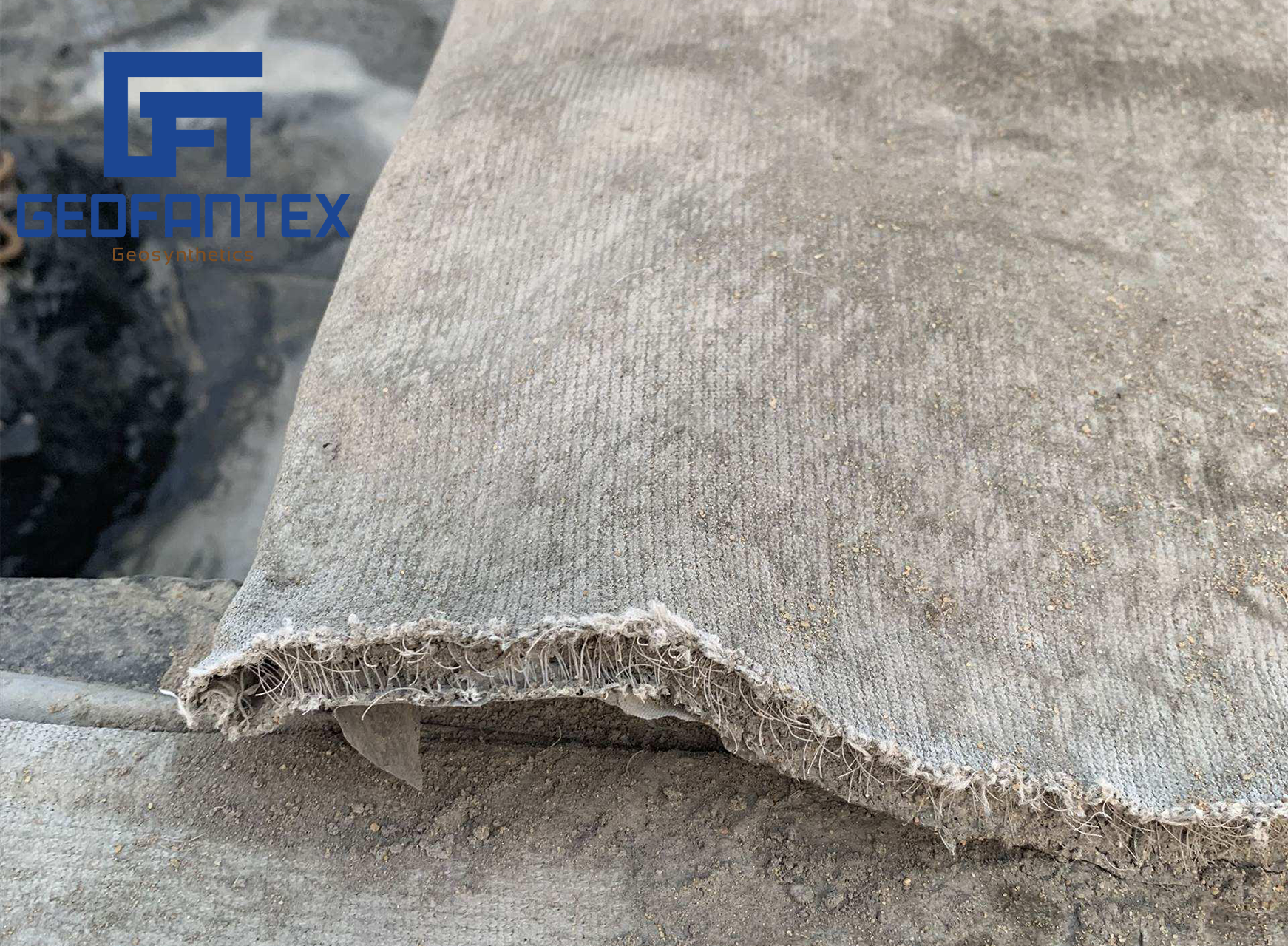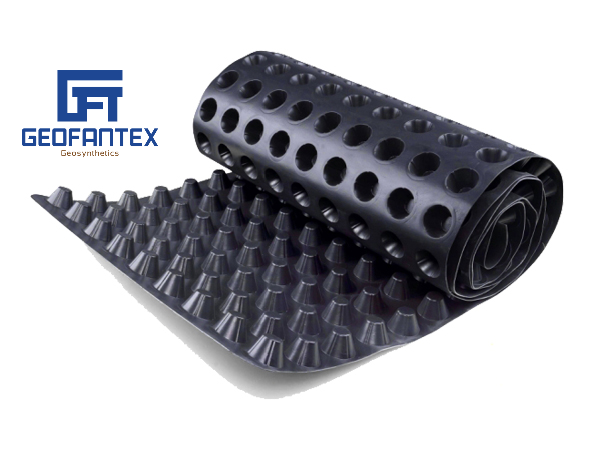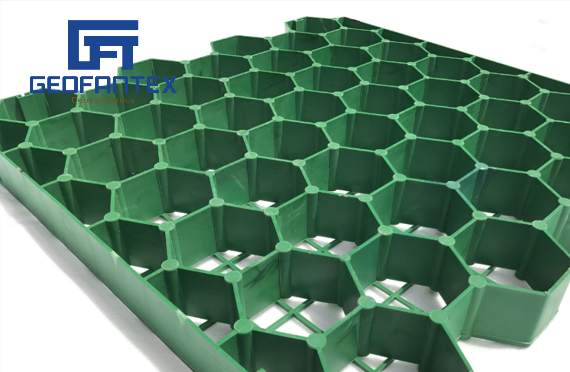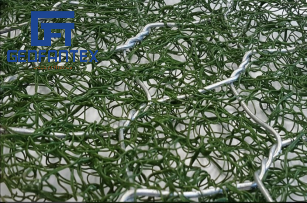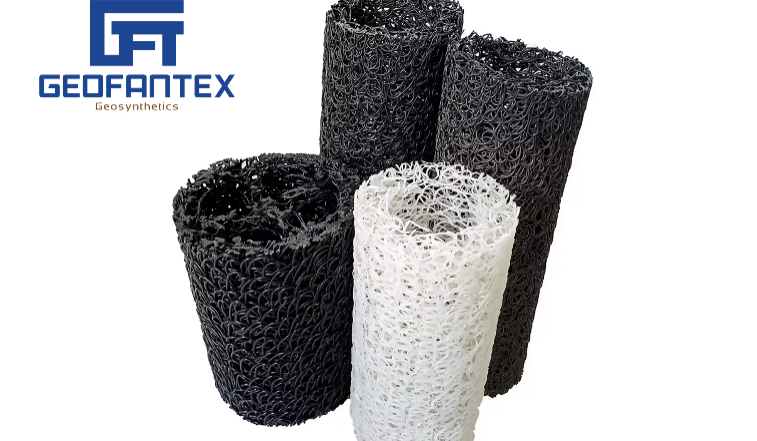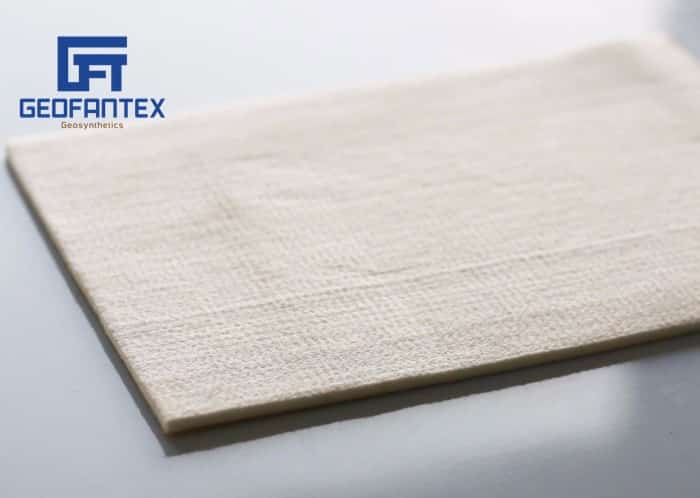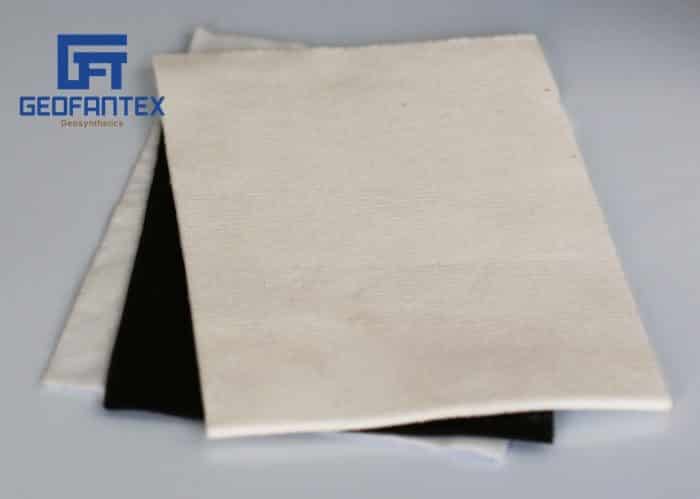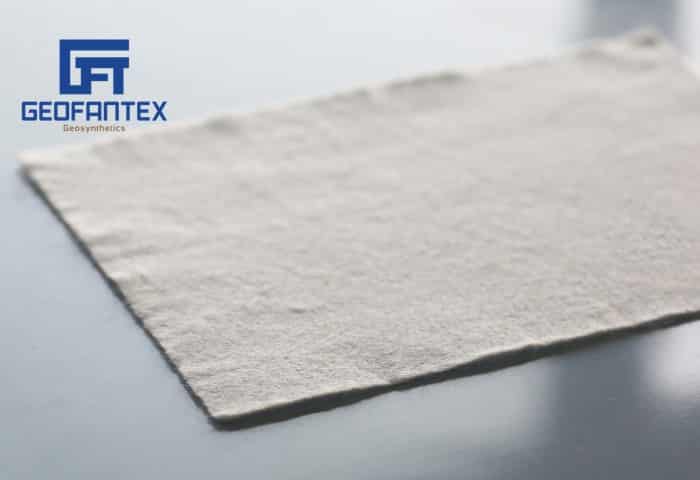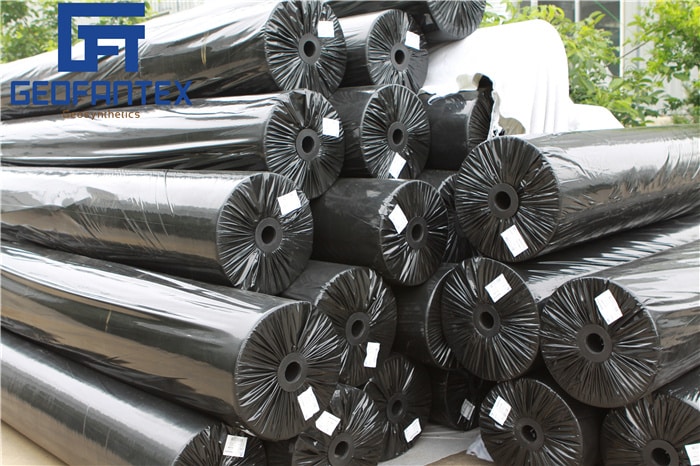+86-159 9860 6917
info@geofantex.com
geofantex@gmail.com
+86-400-8266163-44899
In today’s fast-evolving construction landscape, geocell roofing is setting a new standard for efficiency and sustainability. As the demand for resilient, cost-effective building solutions rises, geosynthetics are at the forefront of the revolution. Geocell roofing, with its unique design and adaptability, is transforming how we approach roofing systems, offering an innovative alternative to traditional methods. But what exactly makes this solution so impactful? Let’s dive into the top questions surrounding geocell roofing and discover how it can reshape your construction projects.
What Exactly Is Geocell Roofing and How Does It Work?

At its core, geocell roofing utilizes a cellular confinement system that stabilizes and reinforces roofing structures. Think of it as a honeycomb-like network of geosynthetic cells designed to distribute weight and prevent stress accumulation. By offering superior load-bearing capabilities, geocell roofing ensures that roofing systems remain intact, even under extreme conditions. The structure’s inherent flexibility allows it to adapt to a variety of roof designs, making it a versatile solution for both residential and commercial projects.
How Can Geocell Roofing Improve Your Construction Projects?
The benefits of geocell roofing extend far beyond just structural integrity. First, it reduces the need for expensive, heavy materials like concrete or steel, lowering the overall project costs. Plus, its lightweight design ensures quicker installation—cutting down both time and labor expenses. Not only is this system cost-efficient, but it also enhances the lifespan of the roofing system, requiring less frequent maintenance and fewer repairs over time. In a world where every project must balance performance with budget, geocell roofing presents a forward-thinking solution that doesn’t compromise on quality.
What Are the Environmental Advantages of Geocell Roofing?
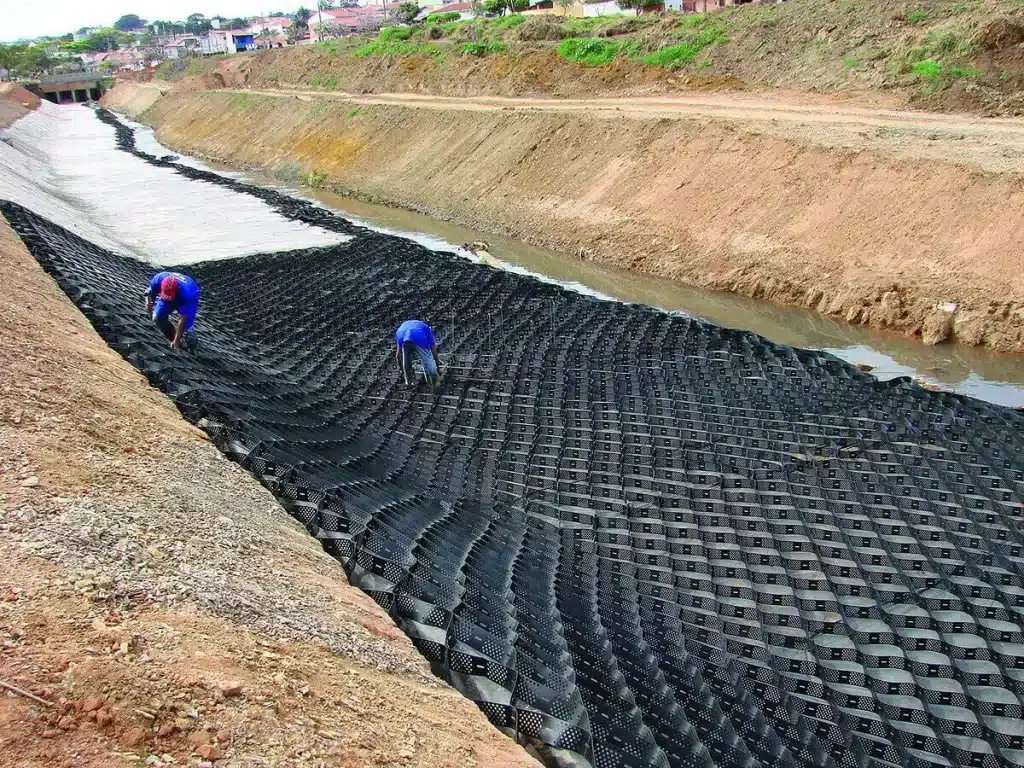
Sustainability is the cornerstone of modern construction, and geocell roofing is no exception. This technology doesn’t just stabilize roofs—it actively contributes to the environmental well-being of your project. With its superior drainage capabilities, geocell roofing helps manage stormwater runoff, reducing the risk of flooding and erosion. By preventing water accumulation, the roofing system also minimizes the long-term damage that typically results from improper drainage. Furthermore, many geosynthetic materials used in geocell roofing are recyclable, making them an eco-conscious choice for sustainable development.
What Challenges Should You Consider Before Installing Geocell Roofing?
While geocell roofing offers a plethora of advantages, it’s not without its challenges. Installation requires precision and skilled labor, as the geocell cells must be properly aligned and secured to ensure maximum performance. Additionally, the materials used in the system, while durable, must be carefully selected based on environmental factors such as climate and exposure to UV rays. Proper maintenance is essential to prevent long-term degradation and to preserve the system’s effectiveness. As with any innovative technology, taking the time to properly plan and execute the installation will pay dividends in the long run.
As construction continues to evolve, geocell roofing is poised to become an integral part of sustainable, high-performance buildings. Its ability to reduce costs, improve durability, and contribute to environmental goals makes it an invaluable option for modern projects. Whether you’re working on a residential roof or a large-scale commercial building, geocell roofing offers a dynamic solution that balances strength, flexibility, and sustainability. The key to successful implementation lies in choosing the right materials and skilled installation—but once in place, the benefits will speak for themselves.
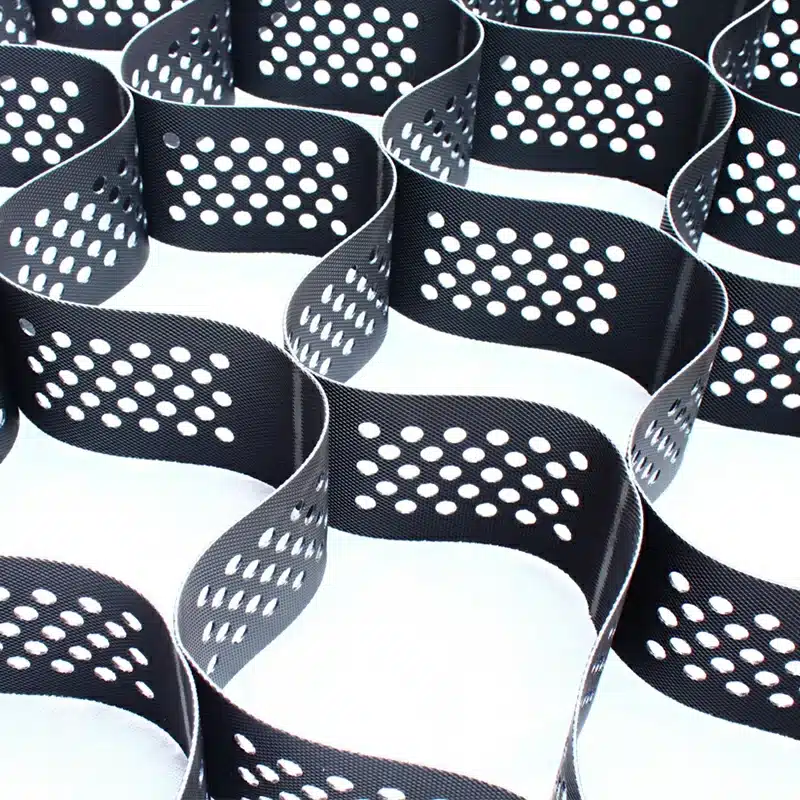

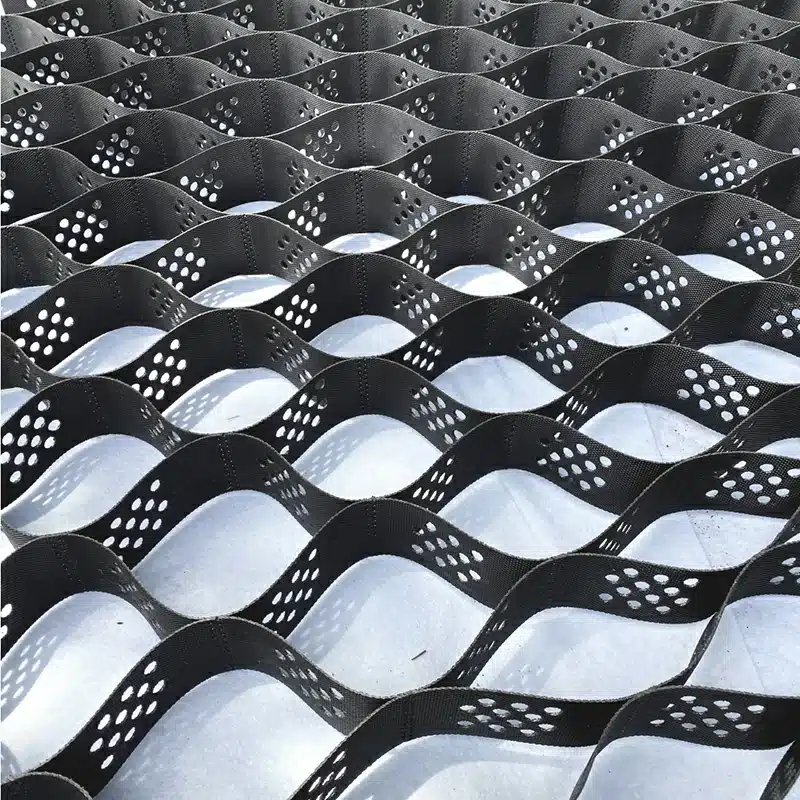
Get Free Sample
We’ll respond as soon as possible(within 12 hours)


